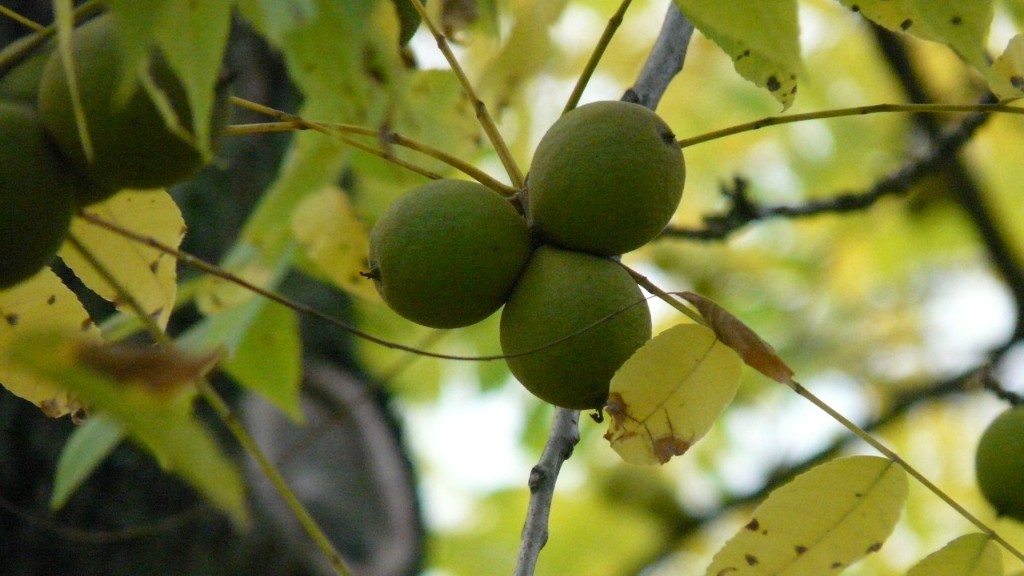Relocating a lemon tree can seem like a daunting task. Fortunately, it doesn’t have to be as hard as it sounds. With the right know-how, you can successfully relocate a lemon tree in no time. Here’s how.
Firstly, it’s important to have a plan for the new location. Make sure the area is well lit and gets plenty of sunlight throughout the day. If the area gets extreme weather such as high wind, you’ll want to make sure the tree is properly placed to avoid potential damage.
Secondly, choose a pot that’s large enough for the lemon tree’s root system. A pot with good drainage that’s approximately twice the size of the tree’s current pot will work well. If the tree is root-bound, trim away some of the excess roots at the edges and make sure the root ball fits in the new pot.
Thirdly, it’s time to fill the pot with soil. First, add an inch of potting soil to the bottom of the pot. Next, carefully remove the lemon tree from its current pot and place it into the new one. Take care not to shake the root ball as you do this. Add more potting soil around the root ball, lightly tapping it down as you go.
Fourthly, the newly transplanted lemon tree will need regular water to stay healthy. Check the soil with your hands to see if it’s wet. If not, water the soil until the water runs out of the bottom of the pot.
Fifthly, for the purpose of avoiding too much shock, prune the tree’s roots. Pruning the lemon tree’s roots will help the tree to establish itself in the new pot. If the root ball has become root-bound, remove some of the outermost roots so the roots can spread out.
Lastly, it’s best practice to use a slow-release fertilizer to help the lemon tree adapt to its new home. Make sure to follow the instructions on the label to ensure the best results.
When to Move a Lemon Tree
When it comes to relocating a lemon tree, timing is also extremely important. Generally speaking, the best time to move a lemon tree is during the fall and winter months. The cooler temperatures and shorter days are more ideal for the tree.
It might also be feasible to move the tree in the spring or summer depending on the weather in your region. Just remember, the more extreme the weather, the more difficult it might be to successfully move the tree.
Be aware that the tree’s outer leaves may start to yellow or drop off. This is natural and the tree should adapt to its new environment as long as you give it the right care.
Where to Move a Lemon Tree
When it comes to finding a suitable place to relocate the lemon tree, there are a few things you should keep in mind. For example, you should make sure the area is well lit and gets plenty of sunlight.
In addition, make sure the new spot is sheltered from extreme weather conditions such as strong winds. A sheltered area, facing southwest, with full sun exposure is usually ideal.
Other than that, you should also look out for signs of infestation. Fungus gnats, mealybugs, and scale insects can all be problematic and should be taken care of immediately.
Aftercare for Relocating a Lemon Tree
Once you’ve successfully moved the lemon tree, it’s essential that you provide the proper aftercare. This starts with regular watering. It’s also important to check for pests and diseases every once in a while.
It’s also good practice to ensure that the soil stays moist but not soggy. Make sure it’s not too dry or too wet as this can cause root rot.
In addition, it’s also important to prune your lemon tree regularly to promote strong, healthy growth. This can be done by removing any dead or diseased branches and pruning it back to promote better airflow.
Fertilizing a Relocated Lemon Tree
Fertilizer is also essential when it comes to properly caring for a lemon tree. This can be done by using a slow-release fertilizer once every two months or so. Make sure to follow the instructions on the label and only fertilize when needed.
If you use a liquid fertilizer, only use it once every two weeks or so. Using too much fertilizer can cause excessive salt buildup in the soil, leading to root damage.
Finally, it’s important to note that lemon trees can be sensitive to certain pesticides. To avoid any potential damage, it’s best to use organic and biodegradable pesticides whenever possible.
Pruning a Relocated Lemon Tree
Pruning is also vital when it comes to caring for a relocated lemon tree. Pruning helps to promote strong, healthy growth and prevents the tree from becoming overgrown.
To prune the tree, use sharp secateurs to snip off any dead or diseased branches. It’s also important to thin out the tree so that the light can reach all the branches. This can be done by removing the occasional branch or branch tip.
In addition, it’s also a good idea to thin out the foliage so that air can circulate throughout the tree. This will help to prevent pests and diseases from taking hold.
Finally, it’s important to remember that pruning should only be done when absolutely necessary. Too much pruning can weaken the tree and lead to stunted growth.





